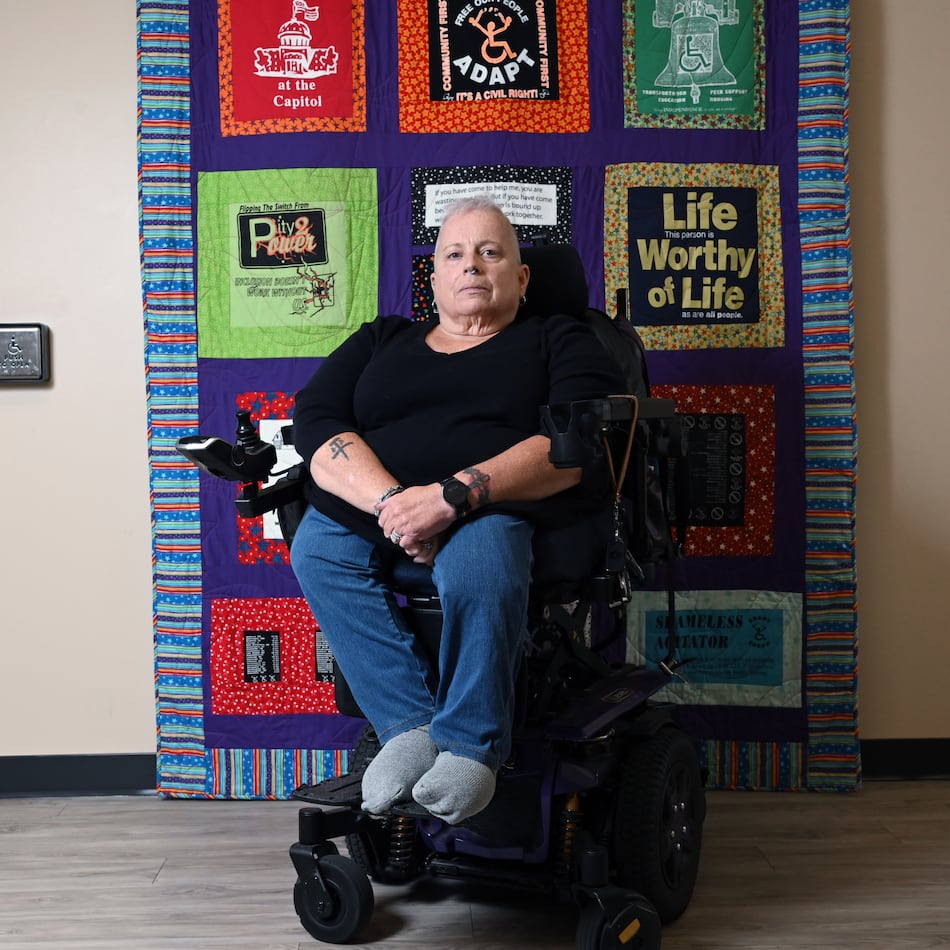Tybee folks talk about life on the island as “another day in paradise.”
Right now, the Coastal Bird Ambassador program is taking off so that shorebirds and seabirds can say so too. Not just for today but for bird generations of the future.
The beach at Tybee’s northernmost point, where the ocean meets the river, is a well-known birdwatching hot spot. In spring, Red Knots migrating to the tundra stop to eat surf clams for fuel. Once horseshoe crabs crawl ashore and begin spawning, the tiny eggs they lay in the sand help the birds to double their weight and fly thousands of miles.
These Red Knots make a round-trip migration of 19,000 miles each year, from Argentina’s Tierra del Fuego to the Arctic, and our coast is a critical stopover spot. They sleep at high tide and feed frantically as the tide moves out. Anything that disturbs them causes them to waste energy that they need to fly north to their nesting grounds.
The bird ambassadors are local volunteers/stewards for a ten-acre stretch of beach and dunes from the rock jetties to Polk Street. It’s being designated a Wildlife Beach Area as part of the Georgia Bight Shorebird Conservation Initiative.
Credit: Courtesy of Abby Sterling, Allie Hayser and Manomet.org
Credit: Courtesy of Abby Sterling, Allie Hayser and Manomet.org
The Tybee Post Theater will have a free program on June 26 at 4 p.m. — “Meet Our Neighbors: Shorebirds and Seabirds of Tybee’s North Beach.” Biologists Allie Hayser and Dr. Abby Sterling will talk about why Tybee is such a key place for these birds year-round.
They will talk about the birds that could decide to nest on Tybee in the future, resident birds, wintering visitors, and long-distance migrants. I met the two women recently in front of the Tybee Island Marine Science Center, where they walked with a group of prospective ambassadors out along the beach in the wildlife beach area.
Credit: Ben Goggins / For Savannah Morning News
Credit: Ben Goggins / For Savannah Morning News
The area is not roped off but will have signage describing its importance to the birds, encouraging visitors to appreciate the wildlife dependent on the island’s habitat. The ambassadors themselves are easy to spot. They wear identifying vests, and they carry incredibly well-designed flip books that talk about the beach and the birds. The ambassadors use the flip books to share information with curious beachgoers.
Hayser was excited to show the graphics on one page about Black Skimmer chicks, from downy chicks to feathered chicks to flight-capable chicks. Skimmers might be nesting in the zone as you read this.
The habitat is perfect for skimmer nesting. Perfect, that is, if nests aren’t disturbed by unusually high tides or by the wayward human.
Credit: Courtesy of Abby Sterling, Allie Hayser and Manomet.org
Credit: Courtesy of Abby Sterling, Allie Hayser and Manomet.org
Skimmers nest in colonies on flat open stretches of sand. I have always been fascinated by their long orange and black bills that look like they were designed by the folks who gave us candy corn.
The lower mandible of the bill is longer than the top, and they skim the water and snap the bill shut when they touch a fish.
They are usually nocturnal feeders, depending on that sense of touch, but they feed during the day when nesting and feeding chicks. They engage in group defense, calling alarms and dive-bombing threats.
Credit: Courtesy of Abby Sterling, Allie Hayser and Manomet.org
Credit: Courtesy of Abby Sterling, Allie Hayser and Manomet.org
In any group of adults on the beach though you’ll usually see one or two flopped down with their necks and faces stretched out like sleeping dogs.
The ambassadors’ goal is to reduce human disturbance for the roosting birds. Walk around any groups on the beach. You don’t want to disrupt nesting on the dune fronts. If you stay on the wet sand, you won’t step on a nest or an egg or a chick.
If you become a bird ambassador, you help secure the wildlife beach, not just for the Black Skimmers and Least Terns whose nesting season is now. You also secure it for wintering Piping Plovers, for migrating Whimbrels, Red Knots, and Sanderlings.
To become a bird ambassador on Tybee’s wildlife beach, contact Allie Hayser at ahayser@manomet.org.
Credit: Ben Goggins / For Savannah Morning News
Credit: Ben Goggins / For Savannah Morning News
This article originally appeared on Savannah Morning News: The Coastal Bird Ambassador program is helping make Tybee paradise for the people and the birds
MEET OUR PARTNER
Today’s story comes from our partner, Savannah Morning News. Savannah Morning News provides daily news coverage on Coastal Georgia. Visit them at savannahnow.com or on Twitter @SavannahNow.
If you have any feedback or questions about our partnerships, you can contact Senior Manager of Partnerships Nicole Williams via email at nicole.williams@ajc.com.
The Latest
Featured



